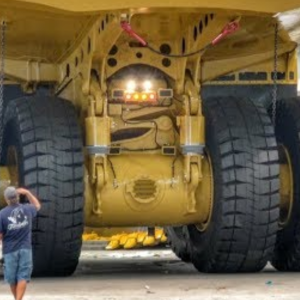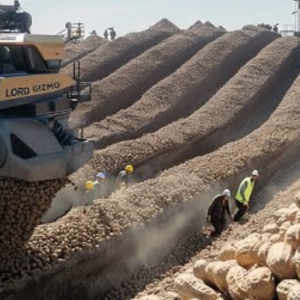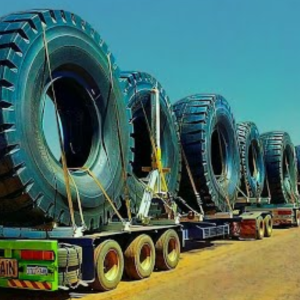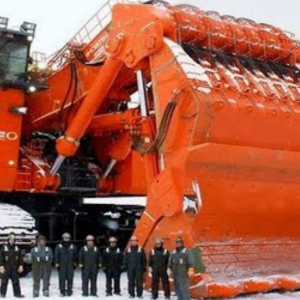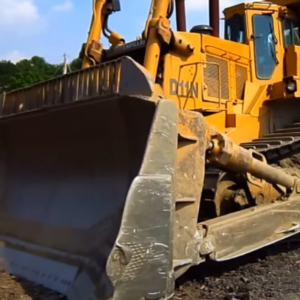
The adoption of the Wildcat name signaled an important shift in brand imaging for the Buick Motor Division at General Motors.

Buick first embraced the Wildcat name in 1953 with a two-seat fiberglass-bodied sports car for the Motorama auto show circuit (above). At the time, the choice of the Wildcat label was remarkably out of character for the Flint automaker—and that was entirely by design.
For years, Buick had been the car of choice for doctors, bankers, and sober men of commerce, people who could often afford Cadillacs but didn’t care for the attention. Now the Buick division was giving its stuffy old brand image a good shaking up, inviting car buyers to think of the product in a whole new way. The rakish Wildcat I was then quickly followed by the even more radical 1954 Wildcat II and 1955 Wildcat III dream cars. (See our feature on the Wildcat III here.)
The Wildcat name was next applied to the Buick division’s distinctive V8 engine line starting with the 1959 model year. (Delve into the Buick Nailhead engine family here.) Powerplant choices included the Wildcat and Wildcat 445, as Buick also adopted the practice of designating engines not by their displacement or horsepower, but by their maximum torque rating in lb-ft. And why not? As a measure of useful, everyday road performance, peak torque is as good a number as any, arguably.

For 1962, Buick introduced a deluxe performance version of the Invicta labeled as the Invicta Wildcat, and in the following year, the Wildcat replaced the Invicta as the midrange offering in the Buick full-sized car line, above the LeSabre and below the Electra 225 in features and pricing. The 1963 Wildcat, above, featured a broad swath of bright metal across the front fenders and your choice of two-door, four-door, and convertible body styles. There was a wagon in ’63, but it continued to wear Invicta badges.

Buick continued to offer a Wildcat all through the ’60s, with a Wildcat Deluxe trim level added in 1965, which was then replaced by the Wildcat Custom in ’66. While we tend to think of the Wildcat today as a sleek two-door sports coupe, four-door sedans and hardtops were produced in equal numbers. The final year for the Wildcat badge on a Buick production car came in 1970, when the model was essentially a LeSabre trim variation (above). In 1971, the Wildcat was replaced as the Buick midrange model by the Centurion, which was itself dropped after only three years.
Buick briefly revived the Wildcat name with a wild bubble-canopied sports car with no apparent production intent in 1985, and then again in 2022 with the strikingly beautiful concept vehicle pictured below. A pure electric 2+2 coupe, this most recent Wildcat was said to be inspired in part by the 1954 Wildcat II dream car. There are no plans whatsover to produce the 21st century Wildcat, reportedly, but we can dream.

